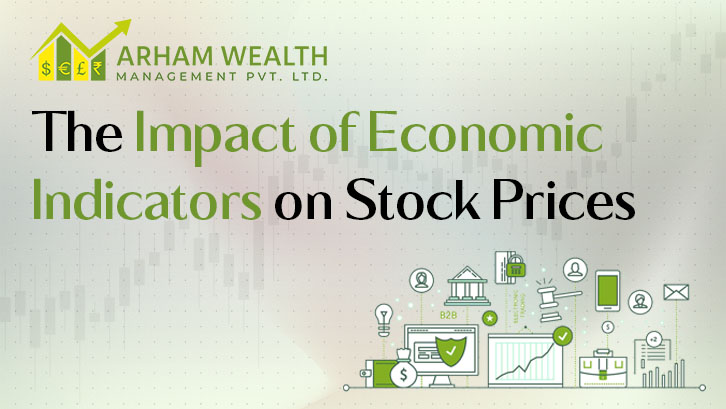


Understanding the stock market requires more than just tracking individual companies or industries. Behind every surge or dip in stock prices, there often lies a bigger picture—one shaped by economic indicators. These indicators are vital data points that give investors a snapshot of a country’s economic health. They include metrics such as inflation, unemployment rates, GDP growth, consumer spending, and more.
In this blog, we’ll explore the relationship between the economy and stock market, diving into how economic data affects stock prices, and identifying the economic indicators affecting stock prices most significantly.
Economic indicators are statistics that reflect the current state of the economy and predict future performance. Governments and independent agencies release these data points regularly, and they influence decision-making across various financial markets.
Indicators are generally classified into three types:
Understanding these can offer insights into where the economy is heading, helping investors make informed decisions.
The economic indicators and stock market relationship is complex but crucial. When economic indicators point to growth, investor confidence tends to rise, often boosting stock prices. Conversely, signs of economic contraction can lead to market sell-offs. For instance, a strong jobs report may suggest a healthy economy, encouraging investors to pour money into stocks. But if that strength hints at rising interest rates, it might have the opposite effect—leading to a decline in stock prices. This balancing act shows just how sensitive markets are to the nuances of economic data.
Let’s delve into the most impactful economic indicators affecting stock prices:
GDP measures the total value of goods and services produced over a specific period. It's the most comprehensive gauge of a country’s economic health.
This metric tracks the percentage of the labor force that is unemployed and actively seeking work.
The CPI measures changes in the price level of a market basket of consumer goods and services.
Set by central banks (like the Federal Reserve), interest rates directly influence borrowing costs.
Retail sales reflect consumer spending, a major component of GDP.
The Purchasing Managers’ Index (PMI) tracks the manufacturing sector’s health.
To better understand how economic data affects stock prices, let’s consider a few examples:
In early 2020, sharp declines in economic indicators such as employment and retail sales triggered one of the fastest market crashes in history. Stock prices plummeted as economic uncertainty surged.
However, once stimulus measures were introduced and economic data began to show signs of stabilization, markets rebounded—even before the real economy fully recovered. This illustrates the forward-looking nature of the stock market.
Rising inflation throughout 2022 led central banks, particularly the Federal Reserve, to aggressively raise interest rates. This shift in monetary policy tightened liquidity, caused bond yields to rise, and put pressure on tech and growth stocks, leading to a market correction.
The relationship between the economy and stock market is dynamic and influenced by many moving parts. While they are interconnected, they don’t always move in lockstep.
Consider the “decoupling” phenomenon: sometimes, stock markets rally even when the real economy is under pressure. This often happens due to central bank interventions, low interest rates, or expectations of a strong recovery.
To navigate this intricate landscape, here are some tips:
The economic indicators and stock market connection is vital for anyone looking to make informed investment decisions. While individual stock prices are influenced by company performance, the broader market responds significantly to macroeconomic trends.
Understanding how economic data affects stock prices empowers investors to anticipate market movements, manage risks, and seize opportunities. The economic indicators affecting stock prices, from GDP and inflation to employment and interest rates, paint a broader picture of potential market direction.
By grasping the impact of economic indicators on stock market behavior, investors gain a powerful edge—aligning their strategies not just with companies, but with the economic currents shaping the financial world.
Understanding the relationship between economy and stock market is the first step. The next step? Investing with confidence, backed by the right tools and guidance.
At Arham Wealth, we make it easy for you to take that leap. Whether you're just starting out or looking to diversify your portfolio, opening a Demat account is the gateway to smarter, faster, and more secure investing.
Open your Demat account with Arham Wealth now and take full control of your investment journey.
With real-time support, market insights, and a streamlined onboarding process, Arham Wealth helps you stay ahead in a dynamic market influenced by ever-changing economic indicators.